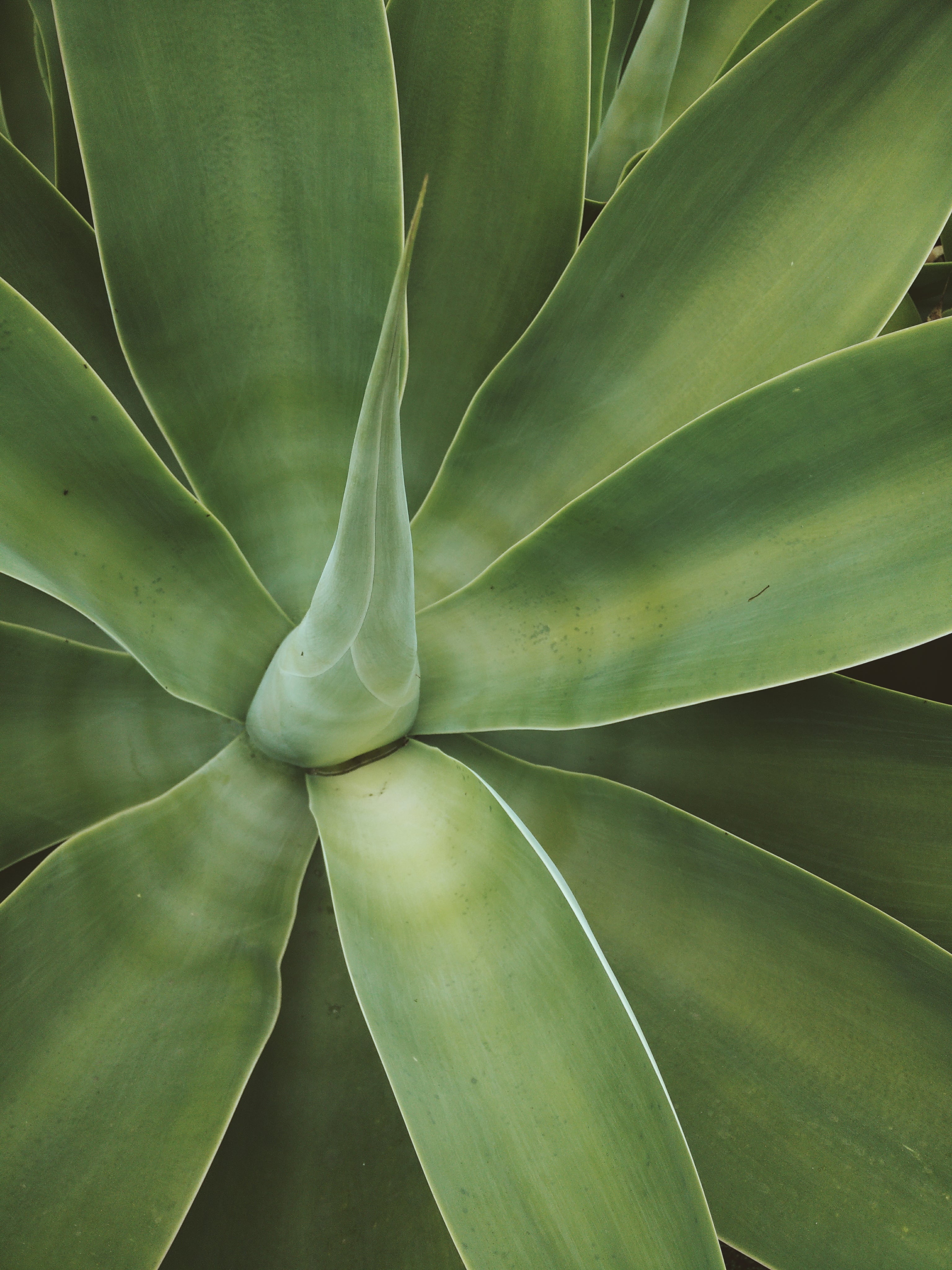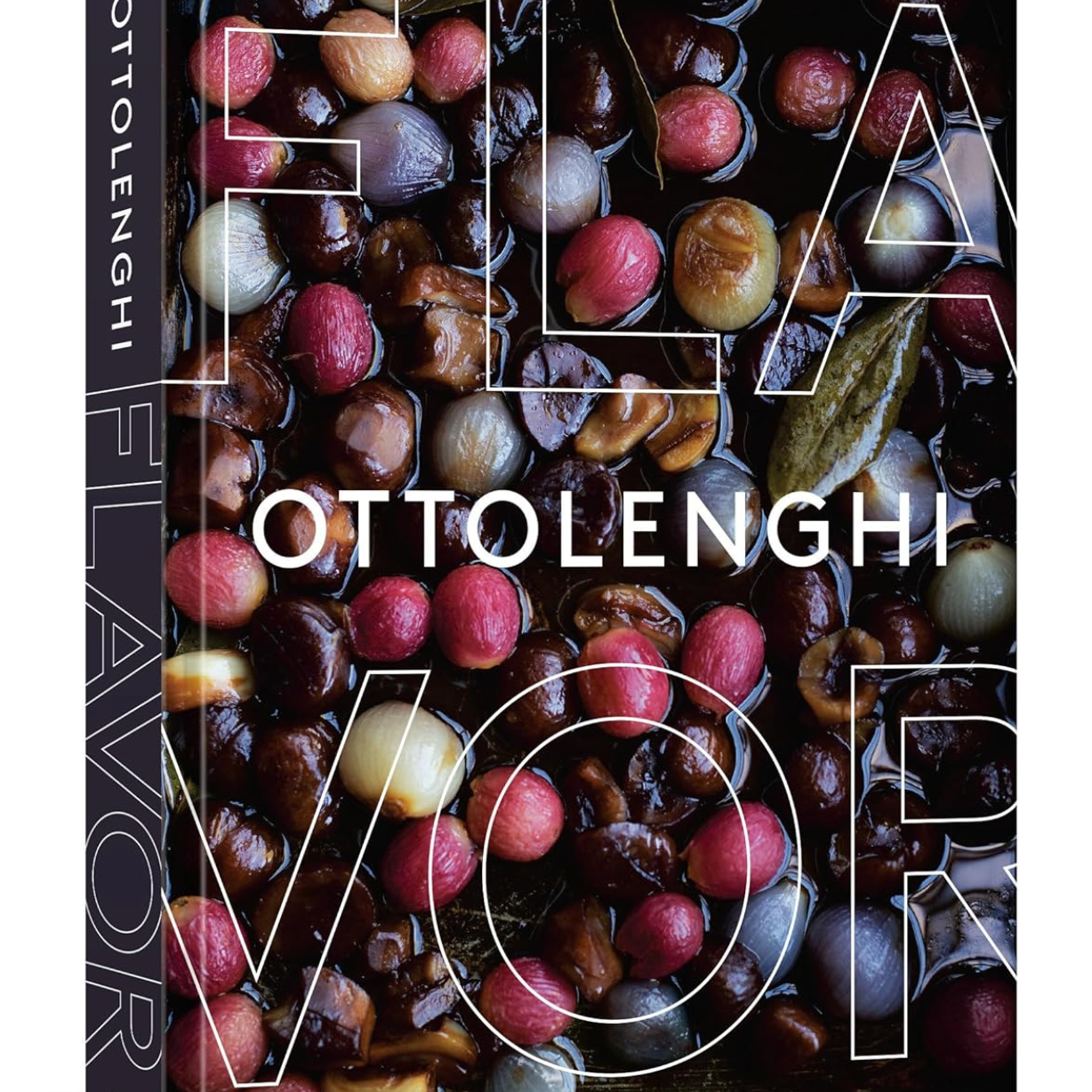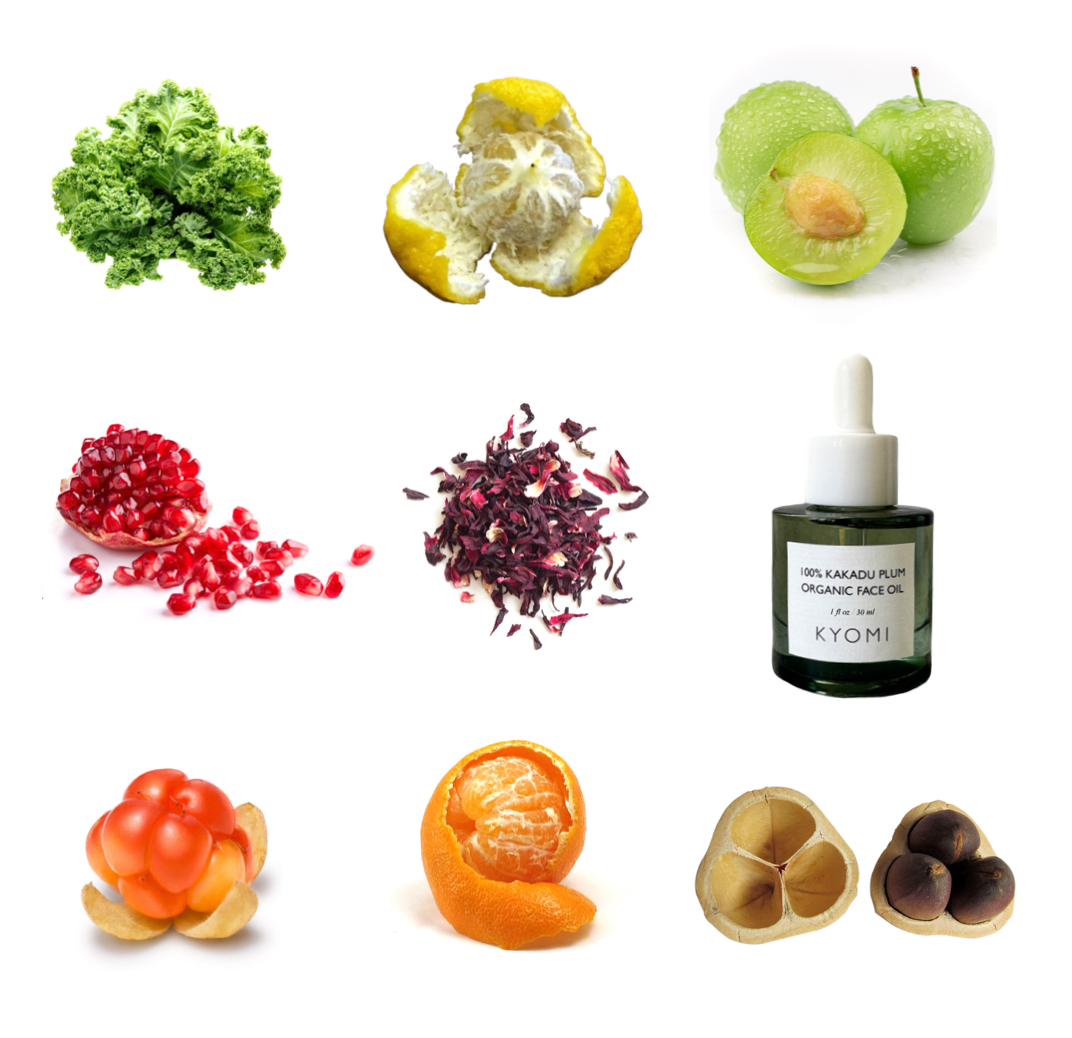Banana Peel Enzymes
When it comes to glowing skin, vitamin C serums and exfoliating acids usually steal the spotlight. But there’s an emerging natural ingredient making waves in 2026 skincare — and it’s hiding in plain sight: banana peel enzymes. Once considered kitchen scraps, banana peels are now being harnessed in advanced skincare formulations for their powerful brightening, smoothing, and rejuvenating properties.
If you’re looking for a gentler, more natural way to boost radiance, fade dark spots, and reveal fresher, more youthful-looking skin, it’s time to meet the skincare hero you’ve probably overlooked. Here’s why banana peel enzymes deserve a place in your anti-aging routine — and how to use them for maximum results.
What Are Banana Peel Enzymes?
Banana peel enzymes are natural exfoliating compounds extracted from the skin of ripe bananas (Musa spp.). Rich in fruit-derived enzymes like pectinase, amylase, and protease, as well as polyphenols and antioxidants, they help break down dead skin cells and stimulate renewal — all without the harshness of chemical exfoliants [1].
Enzymes are biological catalysts that accelerate natural processes on the skin’s surface. When applied topically, they gently dissolve keratin bonds holding dead cells together, revealing the smoother, more radiant layers beneath [2]. This mild enzymatic action makes them suitable even for sensitive skin — and unlike physical scrubs, they don’t cause micro-tears or inflammation.
Why Banana Peel Enzymes Are a Brightening Powerhouse
Banana peel extracts offer a unique synergy of gentle exfoliation, antioxidant protection, and skin-soothing benefits — making them ideal for dull, uneven, or aging skin.
1. Gentle Exfoliation for All Skin Types
Enzymatic exfoliants like those from banana peels work by dissolving dead cells on the surface without disrupting the skin barrier [3]. This controlled action helps:
-
Improve skin texture
-
Smooth fine lines and uneven tone
-
Enhance absorption of serums and moisturizers
Unlike glycolic or lactic acid, enzyme-based exfoliants don’t typically cause redness or peeling — making them ideal for daily or weekly use, even on sensitive or mature skin [4].
2. Natural Brightening & Dark Spot Reduction
Banana peel enzymes are rich in tyrosinase inhibitors — natural compounds that help slow the production of melanin, the pigment responsible for dark spots and uneven tone [5]. Over time, this leads to:
-
Reduced appearance of hyperpigmentation
-
Brighter, more luminous skin
-
A more even complexion
Studies show that plant-based tyrosinase inhibitors can significantly lighten dark spots and improve radiance over 8–12 weeks of consistent use [6].
3. Antioxidant Protection Against Aging
Banana peels are also packed with polyphenols, carotenoids, and vitamin C, all of which are potent antioxidants [7]. These compounds neutralize free radicals — unstable molecules that damage collagen, trigger inflammation, and accelerate skin aging.
This antioxidant protection not only boosts brightness but also helps preserve elasticity and prevent fine lines from forming prematurely [8].
4. Barrier Support and Hydration
Unlike many exfoliants that can leave skin feeling tight or stripped, banana peel enzymes are naturally rich in polysaccharides and humectants that help support the skin barrier and retain moisture [9]. This makes them a multitasking ingredient — exfoliating and hydrating simultaneously.
How Banana Peel Enzymes Compare to Traditional Exfoliants
| Feature | Enzymes (Banana Peel) | AHAs (e.g., Glycolic) | Scrubs |
|---|---|---|---|
| Exfoliation Level | Gentle, controlled | Strong, chemical | Mechanical |
| Suitable for Sensitive Skin | Yes | Sometimes | Rarely |
| Barrier Impact | Minimal | Moderate | Can cause micro-tears |
| Additional Benefits | Brightening, antioxidants | Resurfacing, collagen boost | None |
| Usage Frequency | 2–4x per week | 1–2x per week | 1x per week |
Banana peel enzymes offer the perfect middle ground: more effective than water-based toners or mild acids, but far gentler than chemical peels or scrubs. They’re especially beneficial for those with reactive or mature skin.
How to Use Banana Peel Enzymes in Your Routine
Because they’re gentle and multitasking, banana peel enzyme products fit seamlessly into most skincare routines. Dermatologists recommend:
-
Start 2–3 times per week: Gradually build up frequency to avoid overstimulation.
-
Apply after cleansing: Enzymes work best on clean, damp skin.
-
Leave on for 5–10 minutes: Follow product instructions — most enzyme treatments don’t need to be left on longer.
-
Follow with hydration: After exfoliation, apply a hydrating serum or moisturizer to seal in moisture and support barrier recovery.
-
Always use SPF: As with any exfoliating product, daily sun protection is essential.
Who Should Use Banana Peel Enzyme Skincare?
Banana peel enzymes are well-tolerated by most skin types, but they’re especially beneficial for:
-
Dull, lackluster skin: Gently resurfaces and restores glow.
-
Hyperpigmentation: Helps fade dark spots and even out tone.
-
Sensitive or mature skin: Offers effective exfoliation without irritation.
-
Dehydrated or dry skin: Provides gentle resurfacing while maintaining moisture balance.
Best Banana Peel Enzyme Products for Bright, Youthful Skin
Kyomi Radiance Enzyme Peel – Weekly Brightening Treatment
Harnessing the power of natural banana peel enzymes, Kyomi Banana Peel face oil helps to gently resurface the skin without irritation. It lifts away dull surface cells, reduces hyperpigmentation, and enhances radiance with continued use.
Enriched with aloe vera and hyaluronic acid, it also soothes and hydrates, leaving the skin soft, luminous, and refreshed after every use.
Best for: Dull, uneven, or mature skin in need of gentle exfoliation and brightness.
2. Kyomi Glow Boost Enzyme Toner – Daily Gentle Brightener
For everyday exfoliation and glow, Kyomi Spinach Leaf Toner pairs banana peel enzymes with antioxidant-rich fruit extracts to deliver a lit-from-within radiance. The lightweight formula is gentle enough for daily use and helps improve tone, texture, and hydration over time.
Best for: Daily maintenance of radiance and smooth texture.
Tips for Maximizing Results
To get the most from enzyme-based skincare, keep these dermatologist-approved tips in mind:
-
Don’t over-layer: Avoid using strong acids or retinol on the same day to reduce irritation risk.
-
Hydrate afterward: Enzymes clear the way for better absorption — follow with a serum or oil rich in humectants or antioxidants.
-
Use regularly: Consistency is key. Most studies show visible improvements in brightness and pigmentation after 6–8 weeks of regular use [10].
-
Sun protection is non-negotiable: Exfoliation makes skin more photosensitive, so daily SPF is essential.
The Future of Enzyme Skincare
With consumer demand for gentle, effective, and natural skincare rising, fruit-derived enzymes like those from banana peel are poised to become a major trend in 2026 and beyond. Their ability to deliver visible results — without the irritation or barrier disruption of harsher exfoliants — makes them ideal for modern routines focused on long-term skin health.
And with growing research into their antioxidant, brightening, and hydrating properties, banana peel enzymes are proving they’re far more than a trend — they’re a powerful, science-backed solution for radiant, youthful skin.
Final Thoughts
Banana peel enzymes are proof that nature still has plenty of skincare secrets left to reveal. By combining gentle exfoliation with brightening power and antioxidant protection, they offer a holistic approach to skin health — revealing a smoother, more even, and more radiant complexion over time.
If your goal is to fade dark spots, boost glow, and support healthy aging without the irritation of traditional exfoliants, it’s time to give this underrated ingredient a try. And with advanced formulas like Kyomi banana peel face oil and Spinach leaf Toner, incorporating banana peel enzymes into your routine has never been easier — or more effective.
References
-
Zhang, L. et al. “Enzymatic properties of banana peel extracts.” Journal of Agricultural and Food Chemistry, 2023.
-
Draelos, Z.D. “Enzyme-based exfoliation in skincare.” Skin Pharmacology and Physiology, 2023.
-
Tsai, T.F. et al. “Enzymatic exfoliation and skin turnover.” Dermatologic Therapy, 2022.
-
Levin, J. “Comparative tolerability of exfoliants.” Clinical Dermatology, 2023.
-
Seo, J. et al. “Natural tyrosinase inhibitors from plant sources.” Phytotherapy Research, 2023.
-
Park, Y. et al. “Inhibition of melanogenesis by plant extracts.” International Journal of Cosmetic Science, 2023.
-
Hwang, E. et al. “Polyphenol and carotenoid antioxidant activity.” Antioxidants, 2023.
-
Schagen, S.K. “Free radical damage and collagen degradation.” Clinics in Dermatology, 2023.
-
Liu, X. et al. “Polysaccharides and skin hydration.” Carbohydrate Polymers, 2022.
-
Kim, S. et al. “Efficacy of enzymatic brighteners over 8 weeks.” Journal of Cosmetic Dermatology, 2023.












